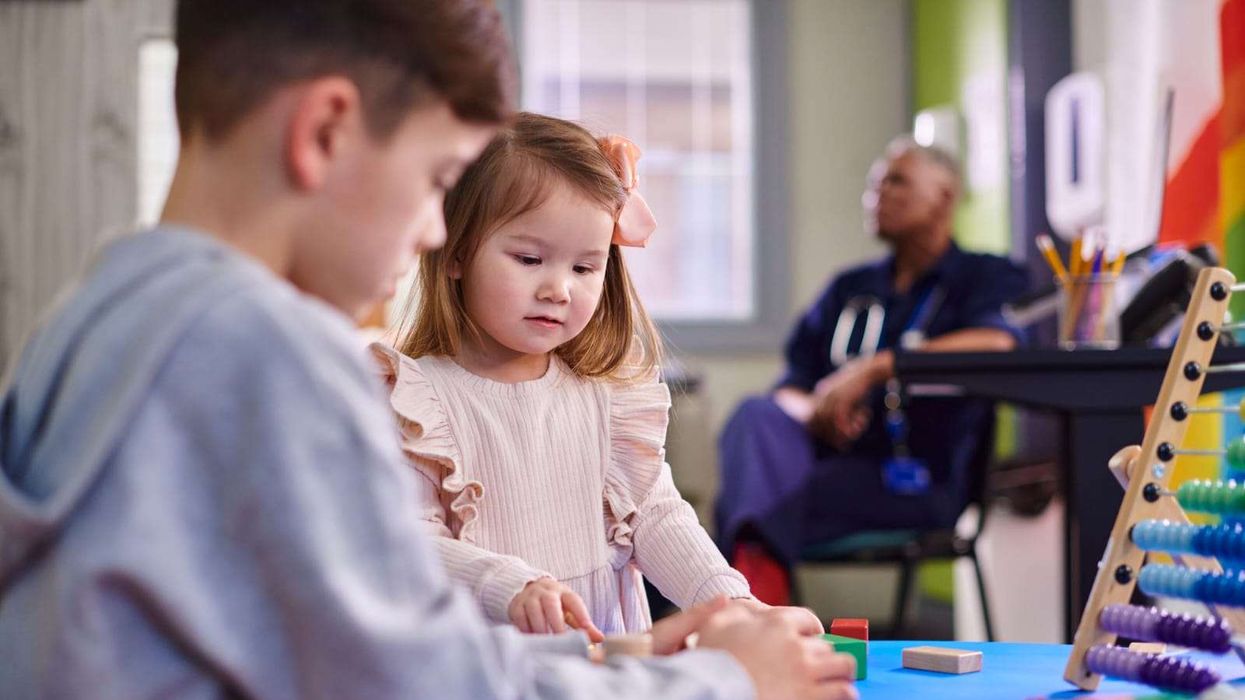Q: SADHGURU, I read in Mystic’s Musings that during the consecration of the Dhyanalinga, you clapped, which formed a crack in the linga. Can you explain the significance behind this? And is it sound or something else that caused the crack?
Sadhguru: It is not because of the sound. In modern science, we are trying to explain the power of sound as resonance. The classic example in every textbook is the bridge, which can take tons of weight, but breaks when soldiers march over it in unison. Just about anything can be cracked with sheer sound, just by something like the snap of a finger. If two people just do that, if it is a perfect match, you can bring down a building because being in absolute unison can create a certain energy where one plus one is no longer two, one plus one is a million.
In classical music, there is something called jugalbandi. Jugalbandi is never about two people singing together. They are always setting a slight difference, because the people who crafted this type of music were aware that if two musicians are absolutely perfect, they can cause damage to the physical structure, so people may just abstain because their bodies may break. There have been any number of legends where somebody sang and the walls cracked or something like that happened. This is not destruction. This is a certain perfection, but maybe they were just singing out of their joy and did not know how to focus on what needs to happen because of that. If one has the necessary focus and perfection, he can also leave his body. He can dematerialise himself – from creation to non-creation.
The whole process that you see in existence is from noncreation to creation, from unmanifest to manifest. But the other process is also happening. Today, cosmologists have recognised a whole galaxy will collapse into itself and become a black hole. It is nothingness, and nothingness is recognised as the most powerful space in the existence. Today, they are beginning to call it dark energy.
So, the cracking of the Dhyanalinga stone is not because of the sound; it is a different process. If any energy happens at a certain scale, sound is produced. Have you seen when fighter jets break the sound barrier, boom – like a bomb, it goes? All that happened is an object crossed a certain limit and suddenly there is an explosive sound – nothing exploded, but there is sound because energy is created. The energy is the basis of the sound, sound is not the basis of the energy. At the same time, sound is the basis of energy on another level. It is because of sound that energy has happened. When there is no sound, there is energy, but it is un-manifest, it is simply there.
Essentially, sound is the first step into creation from non-creation. But yoga is about uniting that which is creation and that which is non-creation. Creation means a limited form; it may be a planet, a solar system or a galaxy, but still, it is a limited form. In our perspective it may be large, we may think the universe is unlimited, but that is only our perspective. Essentially, any form is a limited space. So, yoga means to yoke or to unite that which is limited with that which is unlimited. We want to couple them in such a way that we have the experience of both – what is a form, to make it formless, but at the same time, we don’t want to lose our form. That is why we are teaching Shambhavi, which means a twilight zone where creation and non-creation are both happening at the same time within you.
The process of creation is moving from un-manifest to manifest. But another dimension which is even more important is moving from manifest to un-manifest. This culture recognised the significance and importance of that and held that as the foremost process in the existence. That is why we hold the destroyer as the Mahadeva. Destroyer means he is moving the manifest into unmanifest. Making the unmanifest into manifest is a limited process. Making the manifest into un-manifest is an unlimited process.
Ranked among the 50 most influential people in India, Sadhguru is a yogi, mystic, visionary and bestselling author. He was honoured with the Padma Vibhushan, India’s highest civilian award, in 2017, for exceptional and distinguished service.












